Researchers develop concept for ultra-fast hydrogen sensor; plasmonic metal–polymer hybrid nanomaterial
Green Car Congress
APRIL 12, 2019
Researchers from Chalmers University of Technology, Sweden, with colleagues from Delft Technical University, the Technical University of Denmark and the University of Warsaw, have developed ultra-fast hydrogen sensors that could the future performance targets for use in hydrogen-powered vehicles. —Nugroho et al.




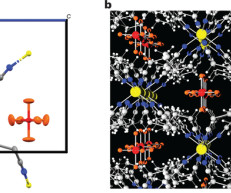
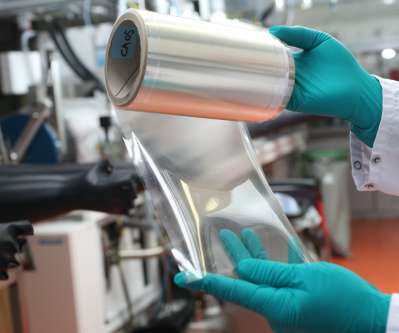




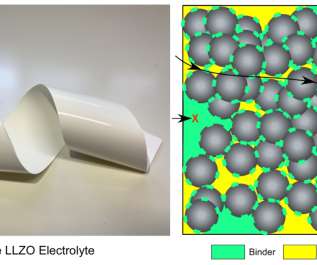



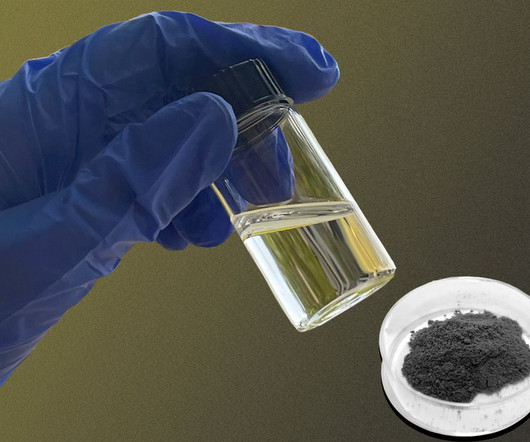





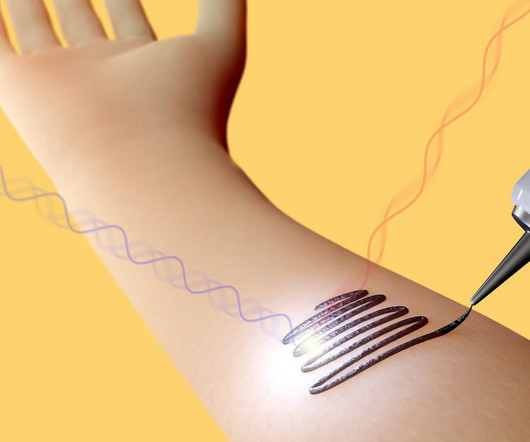
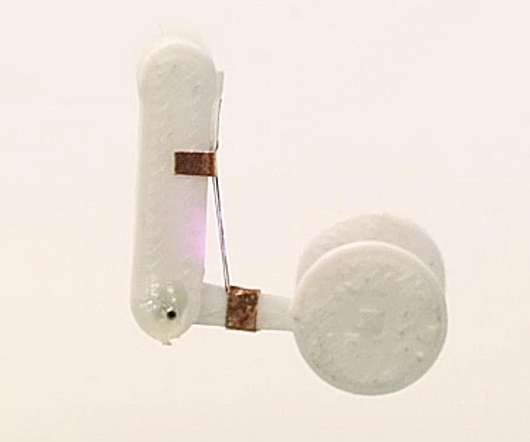









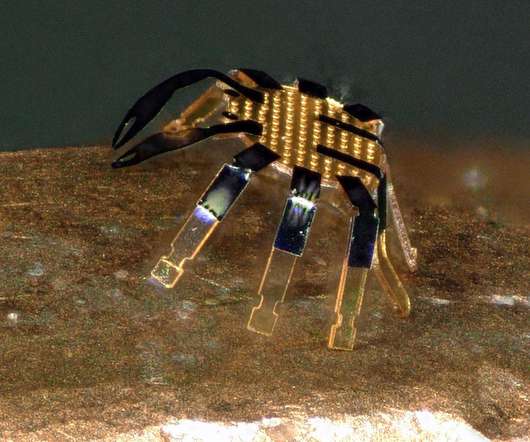









Let's personalize your content